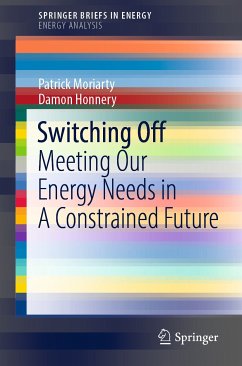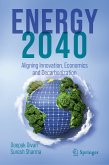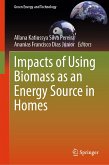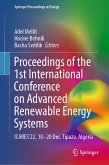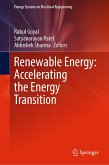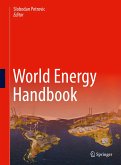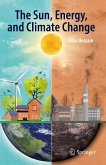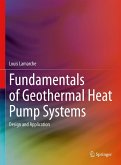The book is about global energy use, its past and present, and its increasingly uncertain future. It lists the various ecological problems facing our planet, not just climate change, and how their gravity has been underestimated. It briefly looks at the various solutions, apart from renewable energy, proposed for solving the problems our present energy use raises, including solar radiation management, carbon dioxide removal, nuclear energy, and energy efficiency. Renewable energy (RE) is seen by many as the panacea for a variety of environmental challenges, and with the New Green Deal, even as a means of accelerating economic growth. The book critically examines the prospects for RE. It concludes that although it is essential that the world shifts to RE, not only will the ecologically sustainable energy from all RE sources likely fall well short of even present global energy use, but the very short time frame left for effective action means that RE cannot be more than of minor help. Hence, deep energy reductions will be needed, especially in high-income OECD countries. The book uses an Earth Systems Science approach, which is necessary because of the interconnection between the various challenges our Earth faces. It aims to combine the latest findings from a diverse array of biophysical as well as socioeconomic sciences to uncover the increasingly constrained energy options we will encounter.
Dieser Download kann aus rechtlichen Gründen nur mit Rechnungsadresse in A, B, BG, CY, CZ, D, DK, EW, E, FIN, F, GR, HR, H, IRL, I, LT, L, LR, M, NL, PL, P, R, S, SLO, SK ausgeliefert werden.

